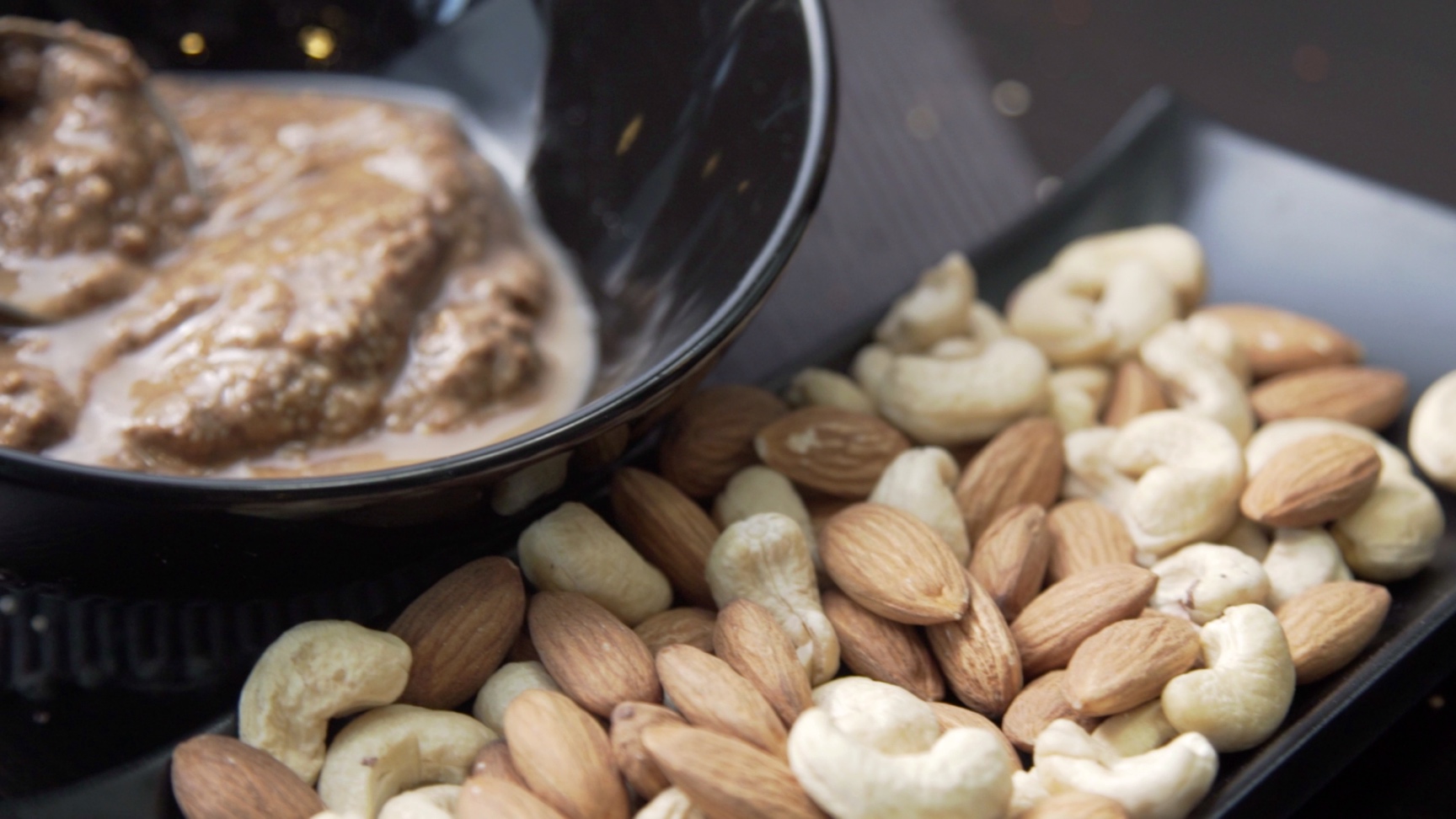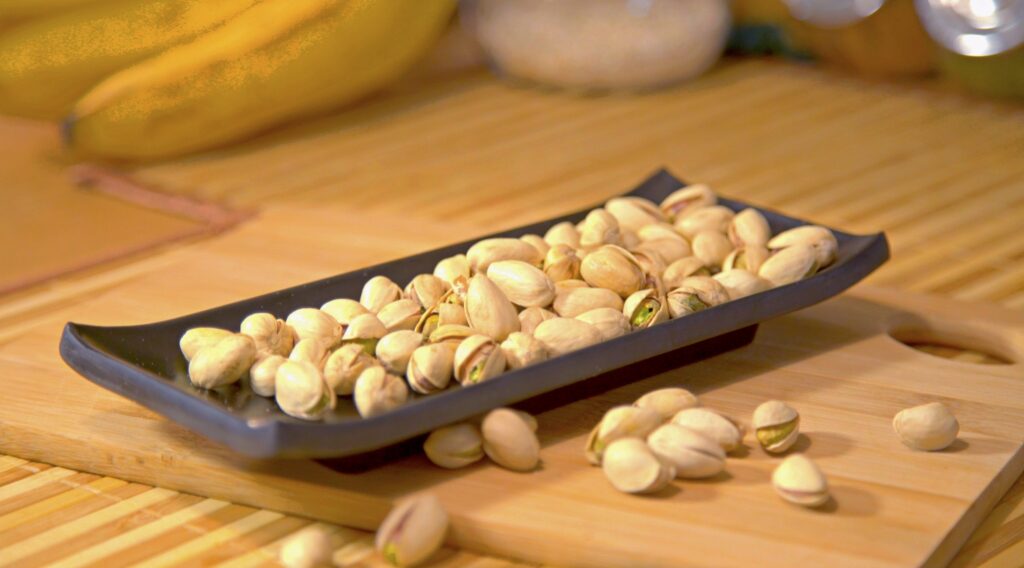Macro calculators are a hot topic among fitness bloggers right now, and you’ve probably already encountered macro counting at some point. It’s been gaining traction as a versatile form of dieting, and while people who count macros swear by it, there are some common questions surrounding this practice, such as:
-
What is macro counting, and what makes it different from calorie counting?
-
Why should I do it?
-
Do I have to carry a food scale everywhere I go?
To answer these questions and more, today, Evolve Daily talks about calorie counting and the essential things you need to know before you begin.
What is macro counting?
WATCH: 10 Endurance-Boosting Foods!
Posted by Evolve MMA on Sunday, November 19, 2017
You already know what calorie counting is, and chances are you’ve already tried it. Macro counting takes the principles of calorie counting and levels it up a notch, taking into consideration your body’s nutritional needs instead of just the caloric requirements. It involves tracking the amount of food in grams, specifically the macronutrients you consume, ensuring that you are providing your body the nutrition it needs while still keeping under a pre-decided amount of calories.
Truthfully, macro counting isn’t really a diet per se, or at least, it’s far from the typical. Its popularity, aside from its effectiveness if done right, mainly stems from the lack of a concept of “good” or “bad” food. While the paleo diet avoids processed food, and the keto diet is made ineffective by carb intake, macro counters can eat anything under the sun─provided that it fits their macros.
Macro counting is one of the rare nutritional systems you can adhere to without much risk of missing out on essential micronutrients. In addition, you can eat absolutely anything you like in moderation, with no need to cut the cookies and cake right out of your diet, making it ideal for long-term lifestyle changes.
Three main components

There are four macronutrients, but only three are essential in your diet: carbohydrates, fat, and protein. The fourth one is alcohol, which is a macronutrient by the technicality that it has its own calories. These macronutrients keep the body healthy and functioning normally.
Carbohydrates constitute the body’s primary energy source: glucose. The sugars and starches from everyday meal items such as bread, rice, and pasta are broken down into simple sugars and, ultimately, glucose, which are then distributed in the blood to be used as fuel by the body. A lack of carbohydrates in the body shifts it from carb-burning to fat-burning, which is the principle that ketogenic diets operate by.
On the other hand, fat keeps the skin healthy and facilitates absorption and the use of essential vitamins. It can come from plant-based sources such as nuts, avocado, and vegetable oil or from animal-based sources such as bacon, butter, and fish oil. This serves as a backup energy source when carbs fail.
Lastly, proteins perform a diverse range of critical cellular functions, including providing structural support. It is the primary component in building muscle mass, and it is mostly acquired through animal meat products, though it can also come from nuts and legumes.
It is a “flexible diet”

Macro counters have a very apt acronym they like to use: IIFYM. You can eat absolutely anything you want (If It Fits Your Macros). You may stick to an entirely conventionally healthy diet, or you may live off pop tarts, bacon, and french fries. It’s your choice. Don’t hold back on that cookie or that slice of cake IIFYM. There is no good or bad food in macro counting; there are only carbs, proteins, and fats.
But while this is inherently true, we still advise you to make the right decisions when it comes to fueling your body. You don’t want to put cheap gas in a Lamborghini.
People are inherently attracted to food that tastes good, and unfortunately, those are usually food that is labeled “unhealthy” because they’re excessively consumed. Macro counting allows you to enjoy any food you like in moderation, eliminating the unpleasant feeling of mouth hunger.
The versatile nature of the practice also means that it can be adjusted to any nutritional goal. Whether you want to lose, gain, or maintain weight, or whether you are a bodybuilder looking to bulk up, or an MMA fighter who needs to keep a lean figure optimized for speed, there is a perfect calculation for you. Its clout as a flexible diet is well-deserved, and it lives up to expectations.
The computation

So now you have a bit of a background on macro counting, but how many macros should you actually count? To simplify, there are three main things to consider when planning: your BMR, activity level, and nutritional goals.
Your BMR or basal metabolic rate is the number of calories your body consumes to sustain life. It is the amount of energy expended in keeping your heart pumping and your other organs working. It varies widely depending on the biological hormones, body composition, and total body size. Use any BMR calculator you find online, but if you want to try it yourself, here’s the formula:
Males = 66.47 + (13.75 * weight [kg]) + (5.003 * size [cm]) − (6.755 * age [years])
Females = 655.1 + (9.563 * weight [kg]) + (1.85 * size [cm]) − (4.676 * age [years])
For the sake of this example, we’ll take a man with an average BMR of 1700. The next thing you have to consider is the number of calories you burn in a workout. If this man trains martial arts for an hour every day, for example, he burns an average of 525 calories. Do the math, and this man expends 2,225 calories per day.
Next is to determine nutrition goals, but if this man is looking to maintain his current weight, the ideal ratio is 45% carbs, 35% protein, and 20% fats. That translates to 1000 calories from carbs, 778 from protein, and 445 from fat.
Given that there are 9 calories per gram of fat and 4 calories per gram of carbs and protein, our example would have to eat roughly 250 grams of carbs, 195 grams of protein, and 49 grams of fat to maintain current weight.
How to track your intake
When you begin to count your macros, it may be a bit of a challenge as a beginner, but it will definitely become more comfortable as you get used to it. You may keep a notebook if you’re the old-fashioned sort, or you may use any free macro counting app that you can find online.
Plan your meals so it can be easier to stay within your macro goals and keep a small food scale in your kitchen to guide you. Initially, you’ll be much dependent on your food scale as you track your intake, but as you get used to the process, you’ll soon be able to eyeball the measurements, and counting your macros will become more natural for you.
The bottom line is to make macro counting work for you, and to use it to your advantage.
You may also like:
Diet Wars: Keto vs Paleo vs Low-Carb, Which Diet Is For You?

















